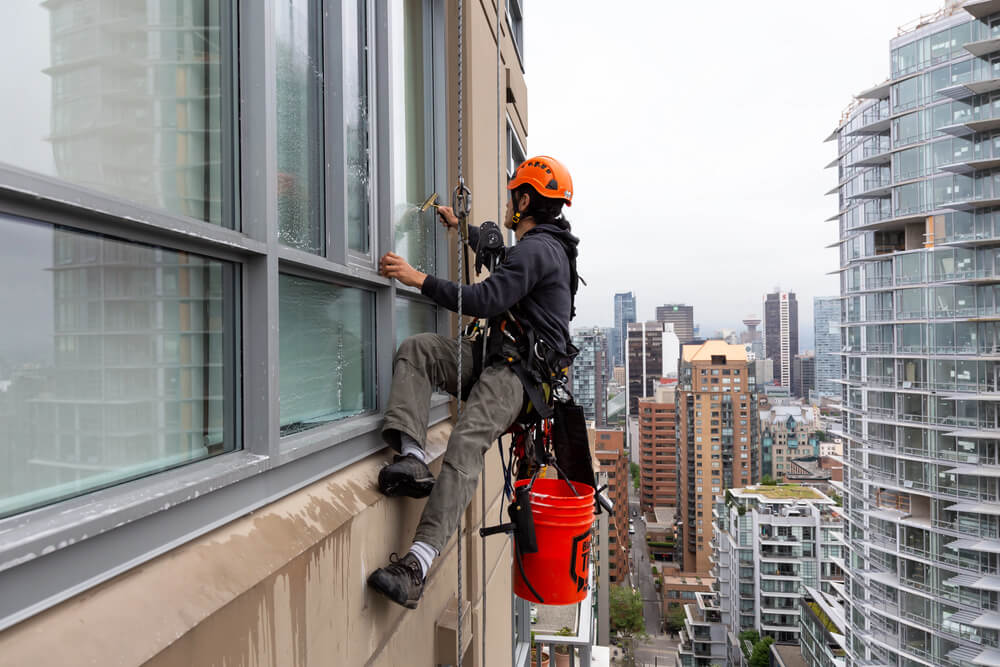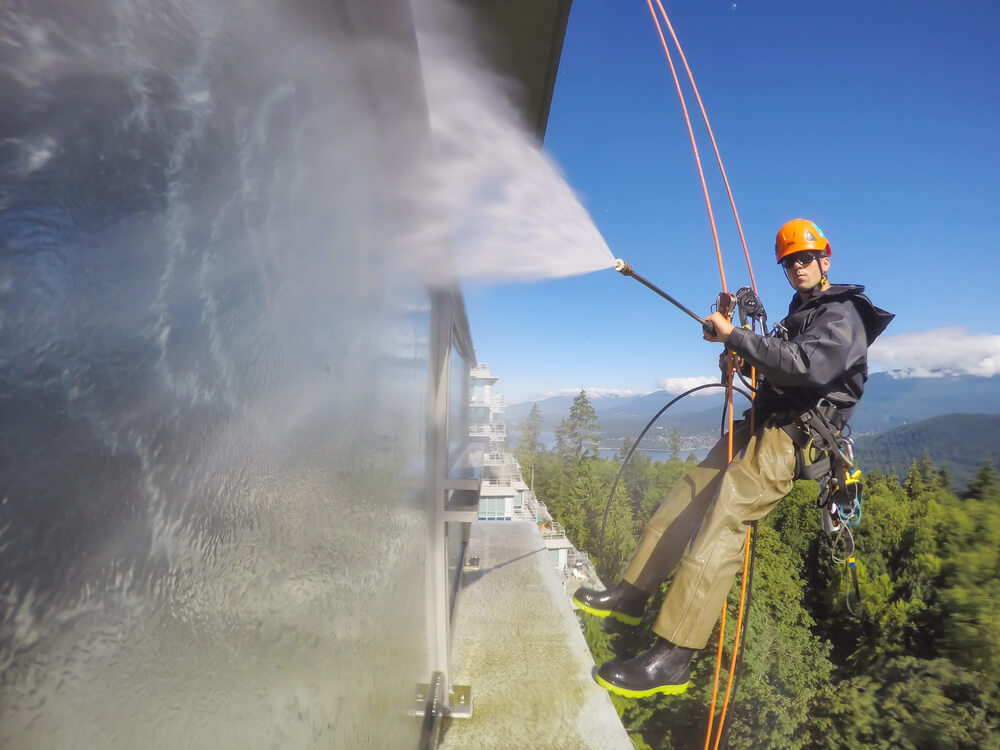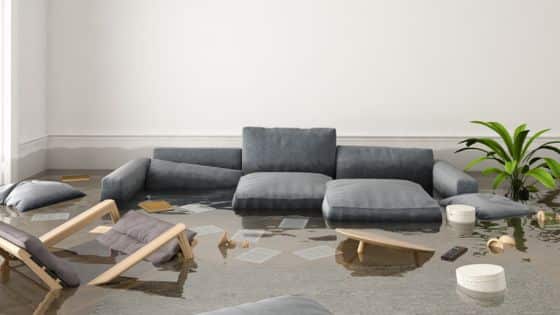
Imagine looking out over a bustling city from a high-rise, enjoying the view as the sun sets. To keep high-rise buildings functioning smoothly and their views breathtaking, effective maintenance practices are a must. Regular inspections, prompt repairs, and thorough cleaning are essential to maintaining the building’s condition.
When you focus on consistent maintenance, you reduce the risk of costly repairs and enhance the building’s lifespan. Scheduling routine checks on structural elements and systems like HVAC, plumbing, and electrical components is crucial.
These checks help you identify potential problems before they escalate, and effective strata management offers peace of mind while saving money in the long run.
Paying attention to the building’s exterior is just as important as the interior. Ensuring that windows, facades, and elevators are in top shape not only boosts the building’s appearance but also contributes to the comfort of those inside.
Establishing a Maintenance Routine
Creating a consistent maintenance routine with the help of professional building maintenance like Crown Service ensures safety and longevity. It’s all about attention to detail and regular inspection schedules, which prevent larger issues and improve daily operations.
Daily Inspections and Repairs
Daily inspections are vital for immediate detection of minor issues before they escalate. Each day, you should assess high-traffic areas such as lobbies and stairwells for cleanliness, damage, or hazards. Listen to the needs of occupants and pay attention to common areas like elevators for any unusual noises or signs of malfunction. Utilizing appropriate cleaning equipment, such as floor scrubbers, can enhance the maintenance of these areas. For guidance on their proper use, refer to resources on how to use a floor scrubber.
Quickly address repairs, whether it’s changing light bulbs or fixing a leaking faucet. Document the repairs completed as this allows tracking and ensures nothing is overlooked. Having a dedicated maintenance team on-site can streamline this process and promptly handle urgent matters.
Weekly Safety Checks
Weekly safety checks are crucial for maintaining compliance and ensuring occupant safety. Focus on essential systems such as fire alarms, smoke detectors, and emergency exits. Verify that all exits are clear of obstructions and emergency lighting functions properly.
These checks reduce risks and promote a safe environment. Perform a visual inspection of external features like the façade and windows. Critically evaluate safety gear such as harnesses and ladders if in use.
Regular feedback from maintenance logs guides improvements and adjustments in routine. Ensuring thorough weekly checks builds trust with residents and demonstrates commitment to their safety and comfort.
Additionally, consider professional window washing services to remove dirt and debris, ensuring unobstructed visibility for accurate safety assessments.
Preventive Maintenance Strategies
Effective preventive maintenance is crucial for reducing long-term repair costs and extending a building’s lifespan. Focusing on essential systems helps ensure safety and efficiency.
HVAC System Care
Regular maintenance of your HVAC systems keeps the environment comfortable and healthy. Change filters every 1-3 months to ensure good airflow and air quality. Schedule bi-annual inspections to check for leaks, test airflow, and clean the ductwork.
Calibration of thermostats ensures proper temperature settings, reducing energy waste. Professional technicians can clean coils and lubricate motors during maintenance. By doing so, you prevent unexpected breakdowns that lead to costly repairs.
Elevator Functionality and Safety
Elevators are central to a building’s operation. Conduct monthly checks on cables, pulleys, and brakes for wear and tear. Ensure emergency alarms and lighting are fully operational.
Routine lubrication of moving parts minimizes friction and extends equipment life. Schedule an annual safety inspection with certified experts, focusing on compliance with local codes. Such attentiveness helps you avoid disruptions and keeps occupants confident.
Plumbing System Health
An efficient plumbing system prevents leaks and water damage. Inspect visible pipes and connections quarterly for signs of corrosion or dripping. Test water pressure regularly to ensure proper flow and detect potential blockages.
Flushing water heaters helps remove sediment that could cause inefficiency. Consider annual professional assessments to check for hidden issues within walls or beneath floors, safeguarding against potential failures and ensuring smooth operation.
Electrical System Reliability
Your building’s reliability hinges on a robust electrical system. Conduct periodic inspections by qualified electricians to identify faulty wiring or overloaded circuits. It’s essential to test circuit breakers and ground fault circuit interrupters (GFCIs) periodically to ensure effectiveness.
Check lighting systems, including emergency lights, monthly to ensure functionality during outages. Having a detailed log of inspections and upgrades helps anticipate needs and manage potential problems effectively. Keeping systems up-to-date is key to safety and uninterrupted service.
Addressing the Facade and Structural Integrity
Maintaining the visual appeal and structural health of a high-rise building is crucial. Regular upkeep of the facade, windows, and roof plays a significant role in sustaining both aesthetics and safety.
Facade Restoration
A building’s facade not only defines its appearance but also shields it from harsh environmental conditions. Prioritize thorough inspections to identify any damage, such as cracks or efflorescence. Timely repairs can prevent minor issues from evolving into costly problems.
Techniques like pressure washing, repointing, and resealing can revitalize the facade. Materials like stone, brick, and glass need specialized care tailored to their unique characteristics. Collaborating with skilled facade professionals ensures the use of appropriate methods to maintain both safety and aesthetics.
Window Cleaning and Inspection
Windows in high-rises require consistent maintenance to ensure clear views and weather resistance. Regular cleaning schedules, ideally twice a year, help remove dirt and pollutants. Inspections are equally important to detect cracked or damaged seals. Addressing such issues promptly prevents water leakage and mold growth.
Consider using modern window cleaning technology, such as automated systems, for inaccessible areas. You might also want to partner with experienced window cleaning services with expertise in high-rise regulations and safety standards.
Roof Maintenance and Leak Prevention
The roof serves as the first line of defense against weather elements. Routine checks for leaks, pooling water, and membrane damage can preemptively solve potential issues. Clear debris and ensure drainage systems are functional to prevent water accumulation.
Additionally, consistent inspections, particularly after severe weather, can identify roof vulnerabilities. Employ qualified roofing experts familiar with high-rise structures to handle major repairs or replacements safely. Regular maintenance enhances longevity, helping to protect your building investment over time.
Engaging with Tenants for Collaborative Upkeep
Collaborating with tenants on maintenance can enhance building conditions and strengthen community ties. Effective communication and responsive feedback systems form the foundation of this collaborative approach.
Communication Channels
Establishing clear communication channels with your tenants ensures everyone stays informed about maintenance issues and solutions. You might use newsletters, emails, or a dedicated platform for announcements and updates. Transparency is key—make sure tenants know how to reach building management and log requests easily.
Encourage open dialogue through community meetings or online forums. These spaces can be pivotal for sharing information and gathering input. Offering numerous ways to connect reflects a commitment to addressing concerns promptly and efficiently.
Feedback Systems
Creating a robust feedback system empowers tenants and fosters trust. Implement tools like surveys and suggestion boxes to collate tenant opinions and insights. Consider digital apps that allow for real-time reporting and tracking of maintenance requests.
Analyzing this feedback can identify recurring issues and prioritize actions. Show tenants their voices matter by communicating any changes or improvements based on their input. Regularly update them on progress and celebrate achievements to maintain an engaged and supportive tenant community.
Conclusion

Maintaining a high-rise building requires consistent effort and a proactive approach. From daily inspections to preventive maintenance and tenant collaboration, each practice contributes to the building’s safety, efficiency, and visual appeal.
By addressing key systems like HVAC, plumbing, elevators, and electrical infrastructure, alongside maintaining the facade and roof, you not only extend the building’s lifespan but also create a comfortable and welcoming environment for all occupants.
A well-maintained high-rise stands out in the skyline and ensures long-term value. With a focus on regular upkeep and strong tenant engagement, your building can remain in top condition for years to come.
- 1share
- Facebook0
- Pinterest1
- Twitter0



